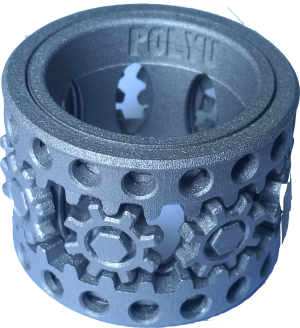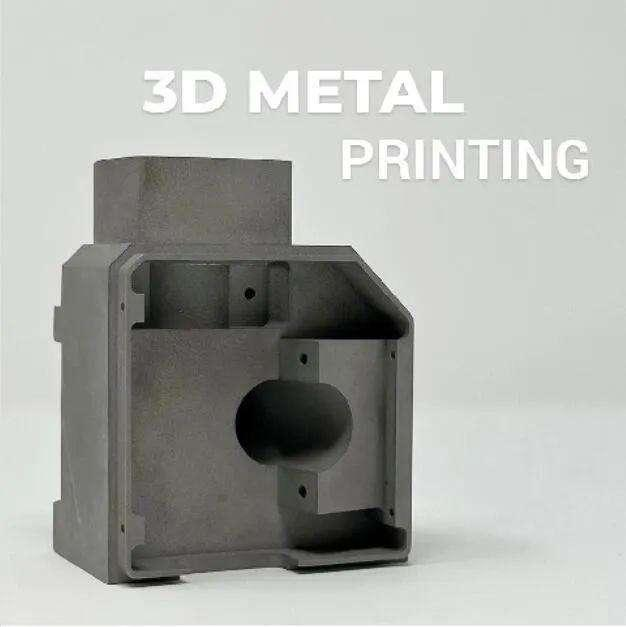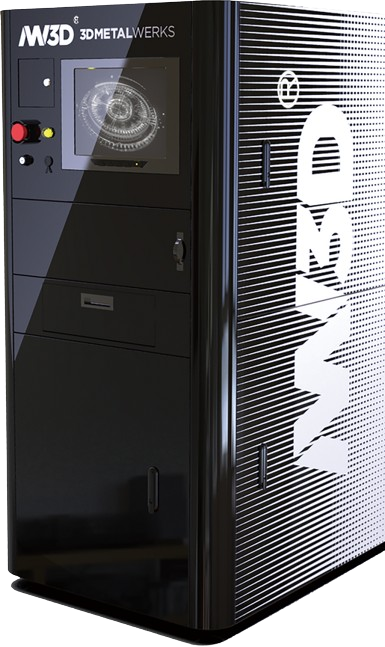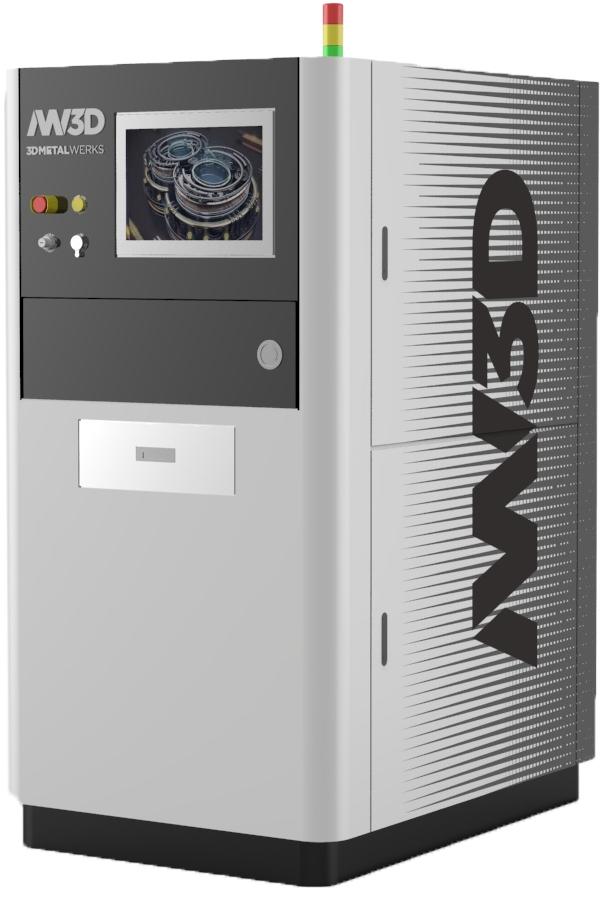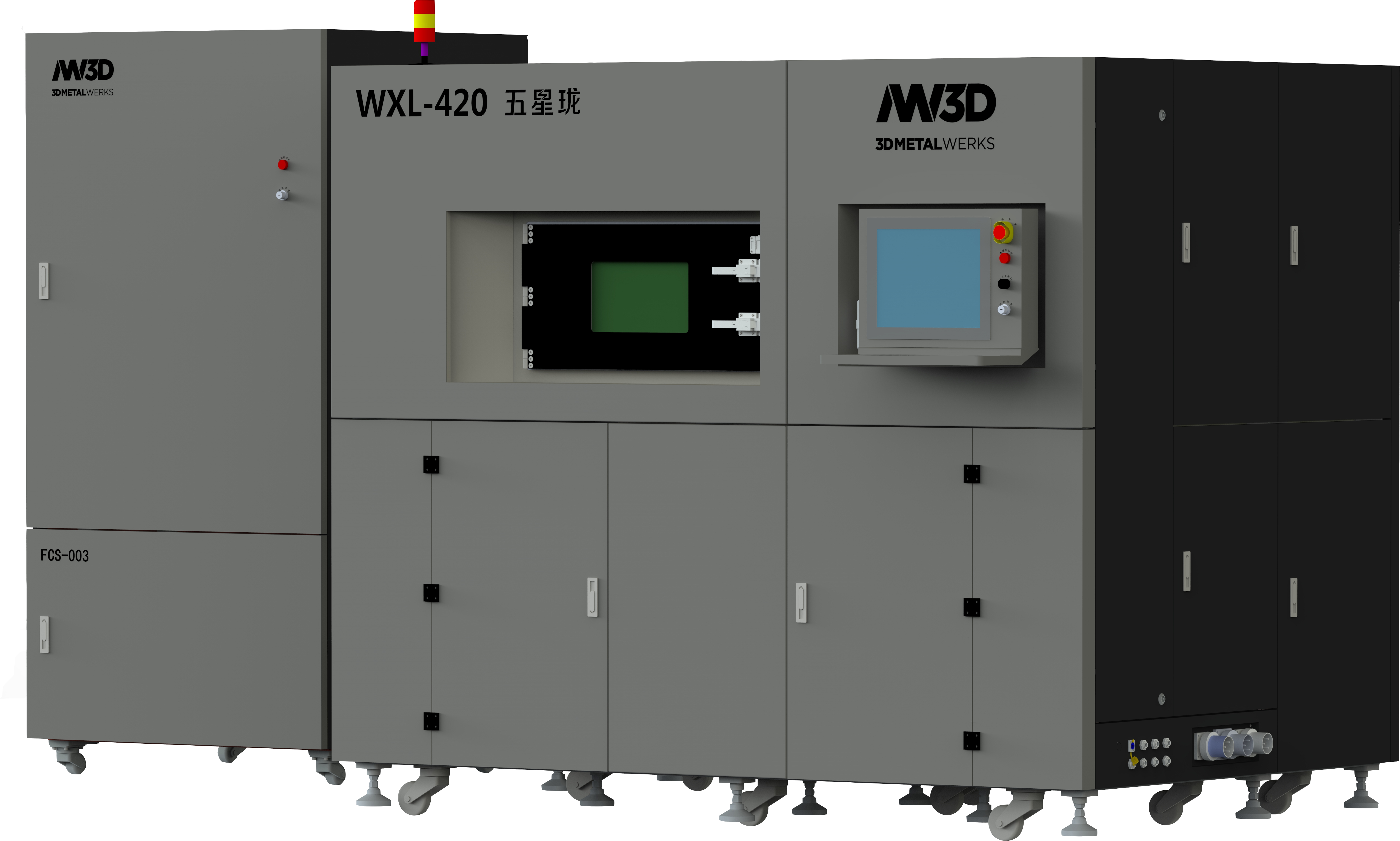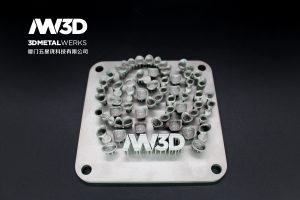
Advantages of Electron Beam Melting over Laser Melting
1. Scanning and forming can be performed by manipulating the magnetic deflection coil, without mechanical inertia. 2. The vacuum environment of the electron beam can also prevent the metal powder from being oxidized during liquid phase sintering or melting. 3. Laser deflection requires a galvanometer and a cooling system, and the focal length is difficult to change quickly. The electron beam deflection and focusing control is faster and more precise.




